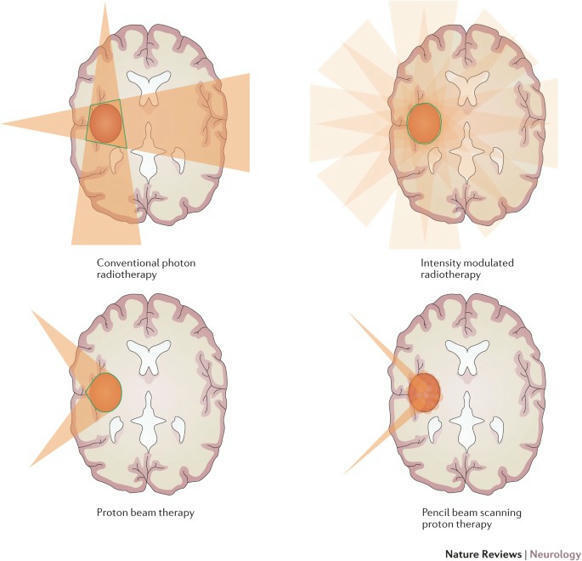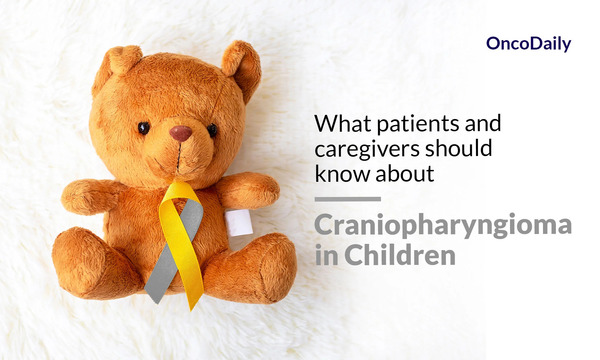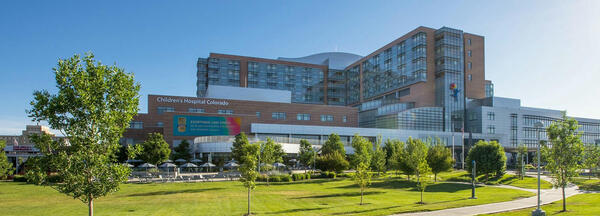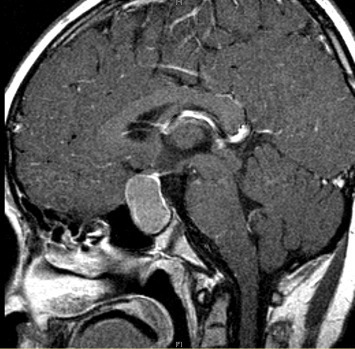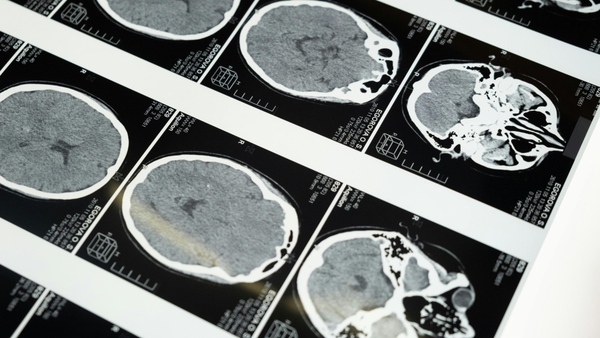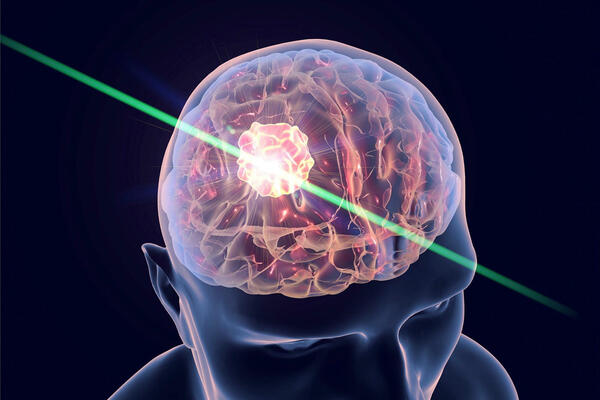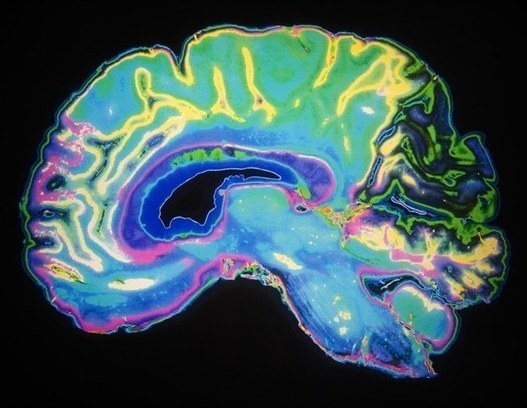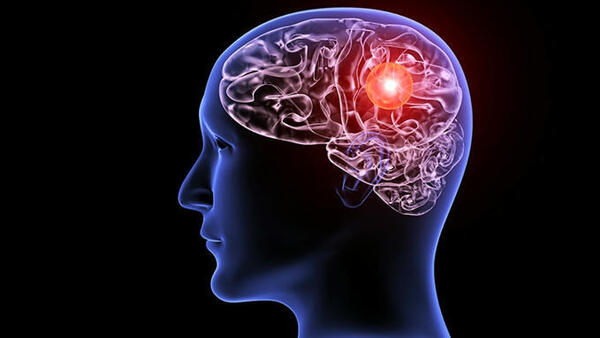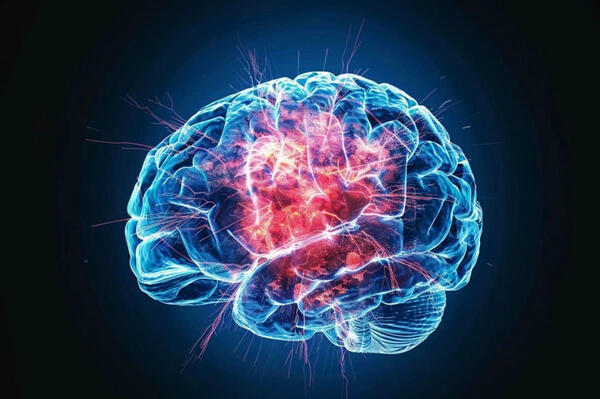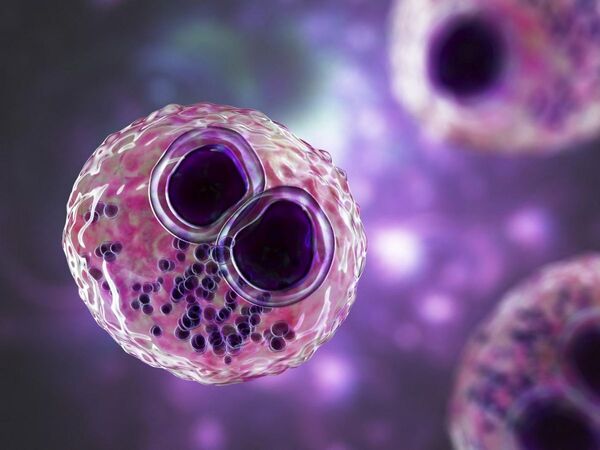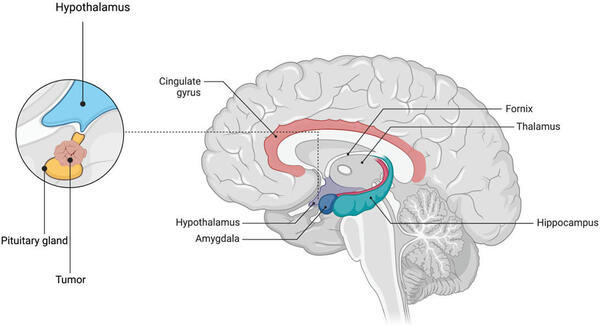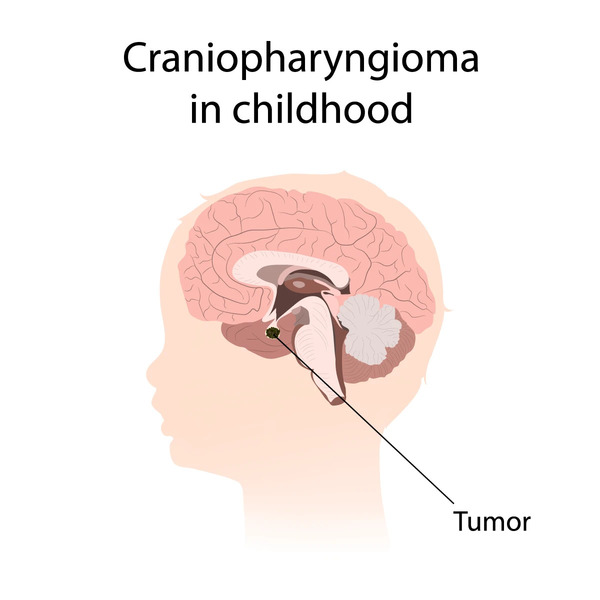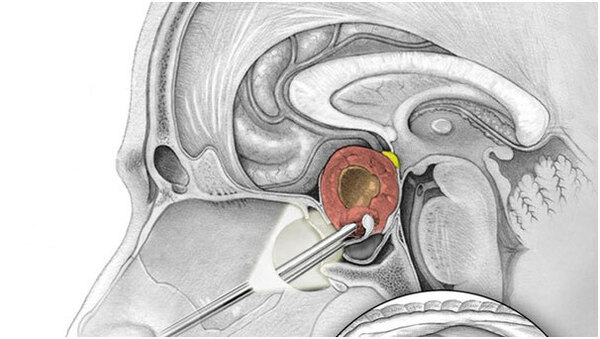
À 15 ans, Heman Bekele a inventé un savon qui traite le cancer de la peau
Pour cela, ce petit génie en herbe a élaboré une formule chimique composée d’acide salicylique, d’acide glycolique et de trétinoïne, qui favorise l’activation de cellules indispensables au bon fonctionnement du système immunitaire et à la détection d’agents pathogènes potentiels. Il a ensuite ajouté ce mélange à une nanoparticule à base de lipides afin qu’elle ne se dissolve pas avec la mousse du savon et puisse pénétrer la peau.
 Your new post is loading...
Your new post is loading...


